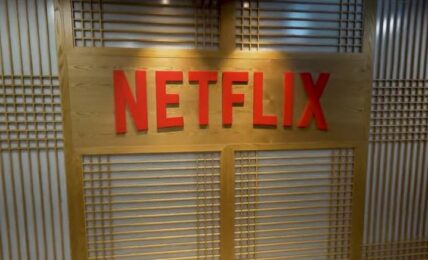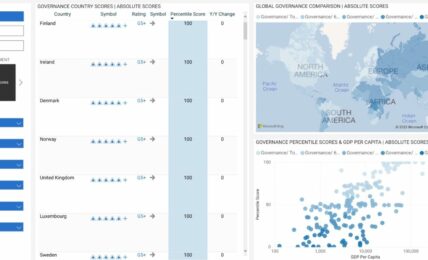By: Sarah Nelson, Global Lead Director for Nature & Biodiversity at KPMG International
As we reach the midway point at COP29 in Baku, my colleagues from KPMG are locked in detailed sessions with fellow delegates, leaders and influencers, collaborating and relentlessly focused on trying to achieve consensus and get the results the world so desperately needs.
I hope my personal experience as an ex-government negotiator who has attended multiple climate and nature COPs, and now as Global Lead Director for Nature & Biodiversity at KPMG International can offer some insight into what we can realistically expect over the next few days and weeks.
I have just returned from another COP (the Biodiversity COP) known as CBD COP16 which took place in Cali Colombia at the end of last month. I came away from the summit with mixed emotions. On the one hand, Colombia represented the largest ever gathering to date for a Biodiversity COP, including record attendance from the business and finance sector (an almost 50% increase on the previous COP two years ago). On the other, the meeting was suspended with a number of key decisions not being taken. Negotiators simply “ran out of time” (after almost three weeks of negotiating…) to agree on a number of critical issues including on financing.
COP16 was dubbed as “the implementation COP”. Two years ago, at CBD COP15 in Montreal, Governments agreed to the landmark Global Biodiversity Framework (GBF). The GBF has four main goals that must be achieved by 2050 and 23 supporting targets that we’ll need to reach by 2030. This COP focused on how countries have translated this GBF into National Biodiversity Strategies and Action Plans (NBSAPs), how they will be monitored (to demonstrate progress against the Global Biodiversity Framework) and how to mobilize the necessary finance for the effective implementation of the GBF. Another key focus for the COP was on “Digital Sequencing Information” a thorny issue that looks at how businesses who access “digital sequence information derived from nature” share some of those commercial benefits back with the countries and communities that it is from.
So, what happened? Just 44 countries (out of 195 countries plus the EU) submitted their NBSAP by the deadline. Decisions on how the GBF (and corresponding NBSAPs) would be monitored and measured, and how countries would mobilize the necessary funding to help finance their implementation, could not be agreed on time. The meeting was formally “suspended” until countries can meet again.
On the positive side, before the meeting was suspended, decisions were made around “Digital Sequence Information”, where countries agreed on the operationalization of “a multilateral benefit-sharing mechanism from use of digital sequence information (DSI) on genetic resources” and established the Cali Fund. This means that users of DSI on genetic resources in sectors that directly or indirectly benefit from its use in their commercial activities should contribute to the global fund 1% of their profits or 0.1% of their revenue, as an indicative rate, according to their size. Further details of what this will mean for companies impacted, however, still need to be worked out.
A new body was also established which aims to ensure that the voices of indigenous peoples and local communities are heard, recognizing their critical role in nature conservation and restoration. Decisions on bringing the climate change, nature and biodiversity agendas ever closer together was also agreed.
The real energy, however, was not in the formal negotiations, but outside, where the collaboration, positivity and innovation were in abundance. For businesses, there was a plethora of new and exciting announcements and guidance around biodiversity credits and wider nature markets, nature transition plans and nature positive metrics. All of which points to the fact that whilst Government action and the formal negotiations are important during these COPs, it is clear that the real energy and action on this agenda will be driven by the non-state actors – businesses, eNGO’s and wider civil society.
My message to colleagues and delegates at COP29 is therefore simple. Learn the lessons from COP16. The failure to reach agreement – particularly on funding issues – should act as a warning shot for the leadership meeting in Baku. COP29 has been dubbed the ‘finance COP’ for good reason. If this summit follows a similar path, with smaller deals reached with ultimately no financial support package agreed, we could face devastating consequences, forcing the organizers of COP17 and COP30 to ask some profound questions about the purpose and future of climate and biodiversity talks.
But also keep the hope… despite the painfully slow formal negotiations, take energy from the fact that there are so many people from across all sectors of society who are trying to find solutions, who are wanting to collaborate and who are bringing new innovations to the table.
We are the first generation who understand the impact that we are having on the planet, and the last one to be able to do anything about it. It’s time to focus on action.
Sarah Nelson is Global Lead Director for Nature & Biodiversity at KPMG International



